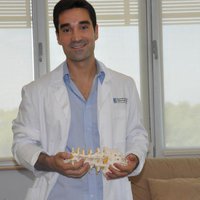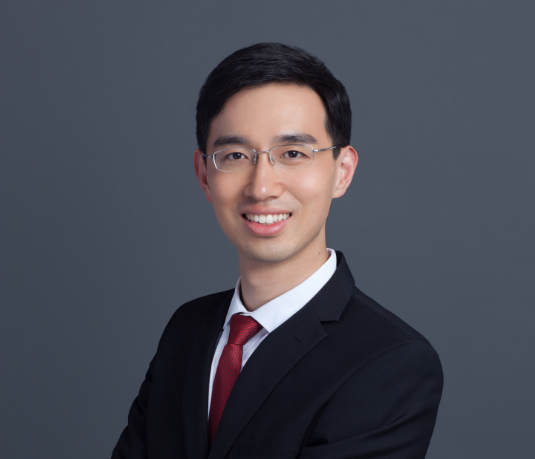Biotechnology & medicine
Le Cong
For the first time, the effects of the CRISPR-Cas9 system on human and rodent genes and the application's potential were revealed

Global
Jenna Wiens
Her computational models identify patients who are most at risk of a deadly infection.

Europe
Carles García
Debilitating side effects caused by human error during the application of epidurals may become a thing of the past thanks to his medical device

Latin America
Agustina Fainguersch
Her app can provide an HIV diagnosis for the people who need it the most.

Europe
Eduardo Jorgensen
His "artificial pancreas" aims to improve the day-to-day quality of life and response to treatment of diabetic patients
